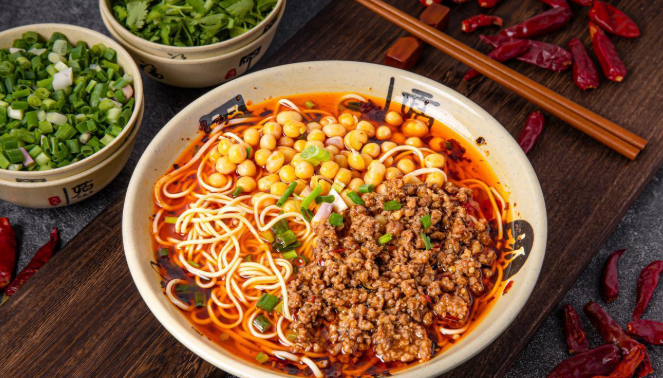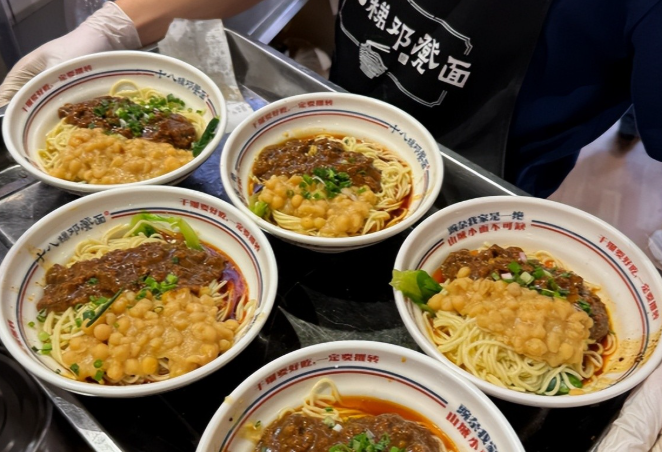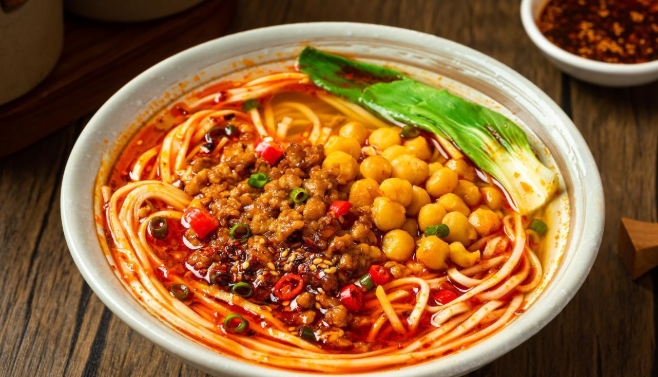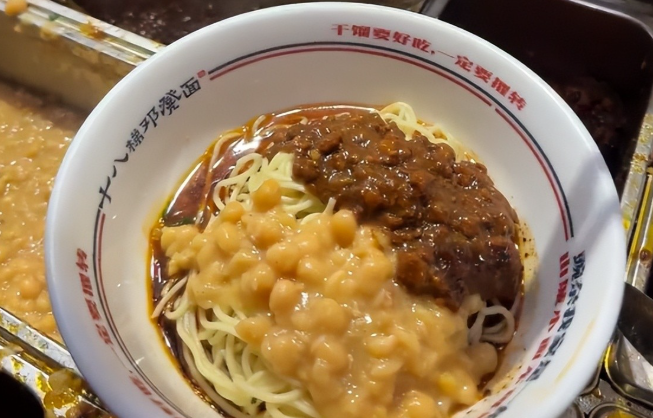A decade ago, Chongqing noodles took China by storm. Their fiery, numbing, savory flavor drew crowds to noodle shops nationwide, with signs boasting “Chongqing Noodles” on every corner. Diners lined up for a taste of this culinary sensation.
But the hype didn’t last. Within a few years, the craze cooled. Many shops now sit empty or have shuttered entirely. Walk down the street today, and Chongqing noodle shops are hard to find. What happened to this once-iconic dish? Why did it lose its charm? Diners point to four key reasons that drove customers away, with one commenting: “After one try, nobody wants to come back—it’s the shops’ own fault.”

1. Non-Local Owners Diluted the Authentic Flavor
The soul of Chongqing noodles lies in their numbing-spicy profile, blending chili oil, Sichuan peppercorns, pickled mustard greens, and crushed peanuts. Only this precise mix delivers the authentic taste.
As the dish gained fame, outsiders jumped on the bandwagon, opening shops without ever visiting Chongqing or tasting the real thing. Many owners, not from Chongqing, slapped “Chongqing Noodles” on their signs anyway. To cut costs, they simplified recipes, used cheap ingredients, and swapped rich bone broth for MSG-laced hot water, stripping away the dish’s depth.
Diners, expecting bold flavors, were let down. “This isn’t Chongqing noodles,” they’d say after one bite, never returning.
2. Skyrocketing Prices Alienated Core Customers
In Chongqing, a bowl of noodles was true street food: about 6 RMB locally, or 8 RMB with a fried egg—affordable for all. Its high value drew workers and students alike.
But as it spread nationwide, prices soared. In first-tier cities, a bowl hit 20 RMB; even in smaller cities, it cost around 15 RMB—pricier than beef noodles. Some shops, flaunting “authenticity,” justified inflated prices, alienating their core audience: working-class folks and students.

Netizens griped: “15 RMB for plain noodles? I’d rather get beef noodles!” or “In Chongqing, it’s 6 RMB. Triple the price elsewhere? No thanks!”
3. Shrinking Portions Left Diners Hungry
Beyond high prices, shrinking portions frustrated customers. In Chongqing, a bowl of noodles was hearty—enough to fill an adult, with generous noodles and toppings.
Outside Chongqing, many shops skimped to save money. Some served bowls with just two or three bites’ worth of noodles, leaving diners unsatisfied. Worse, some played tricks, advertising “three liang” (150g) of noodles but serving closer to two liang (100g). “Large” and “small” bowls barely differed, with a 3 RMB upcharge adding just a few strands. Big bowls, tiny portions—it felt like a scam.

4. Crumbling Reputation Drove Diners Away
The final nail in the coffin? Declining quality tanked Chongqing noodles’ reputation. The dish’s fame came from authentic ingredients and bold flavors. But as shops chased profits, many cut corners: swapping handmade noodles for cheap machine-made ones, reducing chili and peppercorns for a bland taste, and using MSG water instead of proper broth.
Over time, diners noticed the drop-off. “The first time was amazing, but each visit got worse,” one netizen said. As word spread, the dish’s once-stellar reputation crumbled, and customers stopped coming.

Conclusion: What Do You Think?
Chongqing noodles went from a national craze to a fading memory. Inauthentic flavors, steep prices, tiny portions, and a ruined reputation pushed diners away. What’s your take on the fall of this once-beloved dish?
References:
- Consumer feedback from online food forums and social media platforms
- Articles on Chinese culinary trends and street food culture



